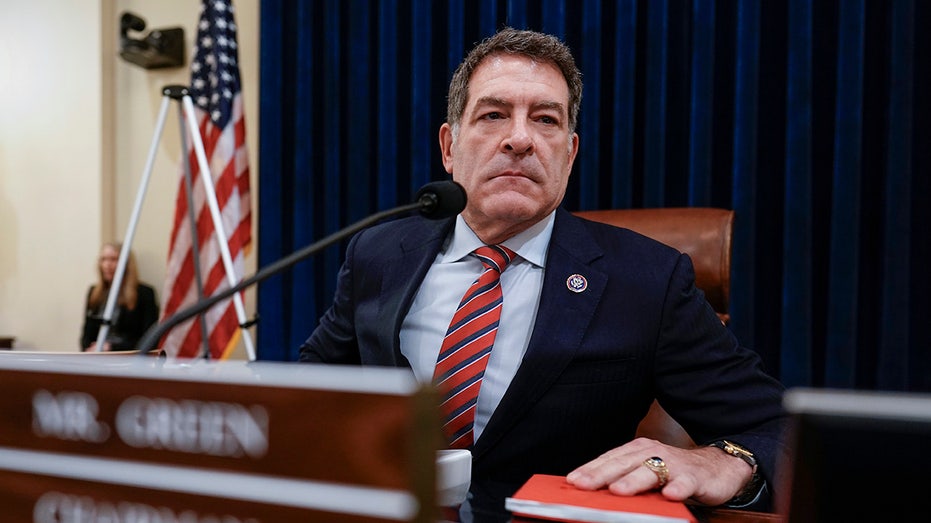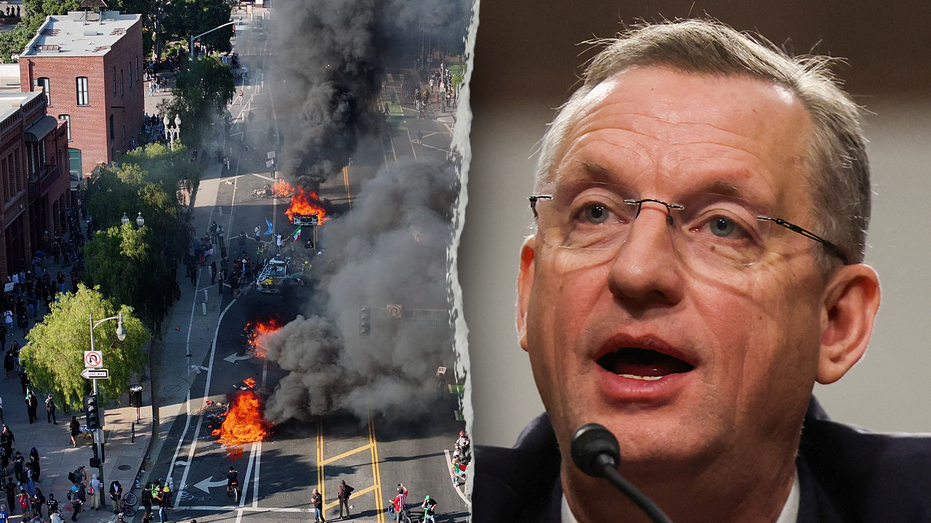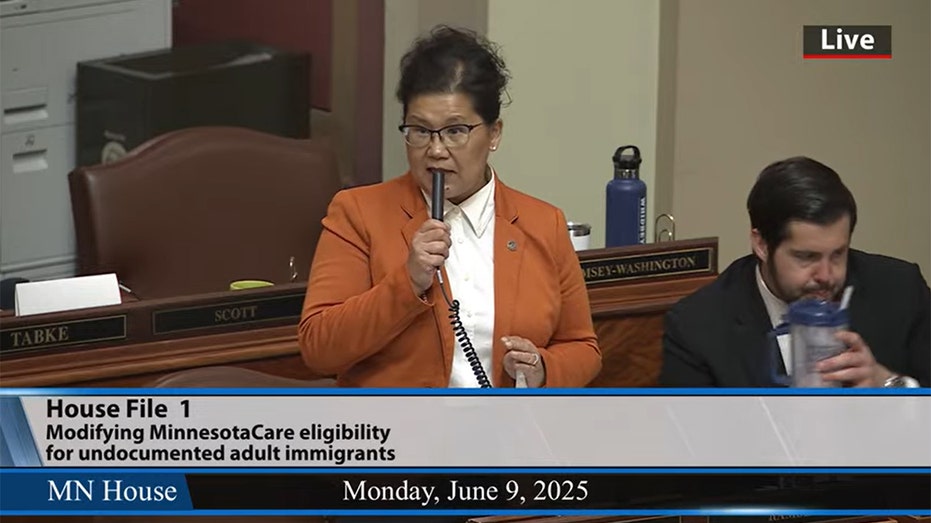Elon Musk Threatens to Decommission Critical Space Station Link for NASA
Tensions escalate as Elon Musk threatens to decommission SpaceX’s vital Dragon spacecraft amid dispute over U.S. government contracts, risking America's access to the ISS.

A high-profile online confrontation erupted Thursday between President Donald Trump and Elon Musk, as the two exchanged heated remarks over lucrative government contracts awarded to Musk’s companies, SpaceX and Starlink. The dispute escalated rapidly when Musk threatened via X (formerly Twitter) to begin decommissioning the company’s fleet of Dragon spacecraft, a cornerstone of United States’ human and cargo transportation to the International Space Station (ISS).
It remains unclear whether Musk’s threat was intended as a negotiating tactic or a genuine warning. However, the potential loss of the Dragon capsules would represent a significant challenge for NASA and international partners. The spacecraft, developed with substantial federal investment, is currently the sole U.S.-based system capable of safely ferrying astronauts and critical supplies to the ISS. With other programs still in development or testing—most notably Boeing’s troubled Starliner capsule—NASA’s reliance on SpaceX is more pronounced than ever.
SpaceX’s Dragon has repeatedly demonstrated its essential role since it entered service. Boeing’s Starliner, meant to serve as a secondary crew vehicle, suffered major setbacks during its only crewed mission last year, forcing its crewmembers to return aboard a SpaceX craft after a lengthy stay in orbit. That vehicle remains grounded as officials weigh additional uncrewed test flights, highlighting the ongoing reliability issues outside of SpaceX’s program.
The importance of the Dragon system comes into sharper focus given the current alternatives. Should NASA lose access to SpaceX vehicles, Russia’s Soyuz capsules would become the only remaining way for American crews to reach the ISS. Each Soyuz launch seats three and currently operates under an international barter arrangement: U.S. astronauts join Russian missions while Russian cosmonauts fly with SpaceX. This ensures that, in case of emergencies, at least one American and one Russian crewmember have assured passage home at all times.
The financial and logistical ramifications would be significant if NASA had to rely solely on the Soyuz again. For years, the U.S. paid tens of millions of dollars per seat on Russian spacecraft—a practice NASA had moved to end with the advent of SpaceX’s crewed launches in 2020. Additional cargo deliveries have also been supplemented by Russian vehicles and domestic contractors like Northrop Grumman, but none offer the redundancy and flexibility provided by SpaceX’s frequent missions.
SpaceX’s relationship with the U.S. government extends far beyond the space station. The company has been central to a range of missions, from launching military payloads to deploying large-scale science projects. Most notably, NASA selected SpaceX’s Starship “mega-rocket” to deliver astronauts to the lunar surface for at least the first two Artemis missions. While the Starship continues through its test phase, including a dramatic failure during its recent ninth flight, it remains a pivotal element in America’s ambitions for returning humans to the moon.
If Musk follows through—or even partially interrupts—operations of his Dragon fleet, it could upend not only American access to low Earth orbit but also the broader global partnership that sustains the ISS. As the dust settles on Thursday’s social media clash, both NASA’s priorities and the future of international space cooperation may hang in the balance.




